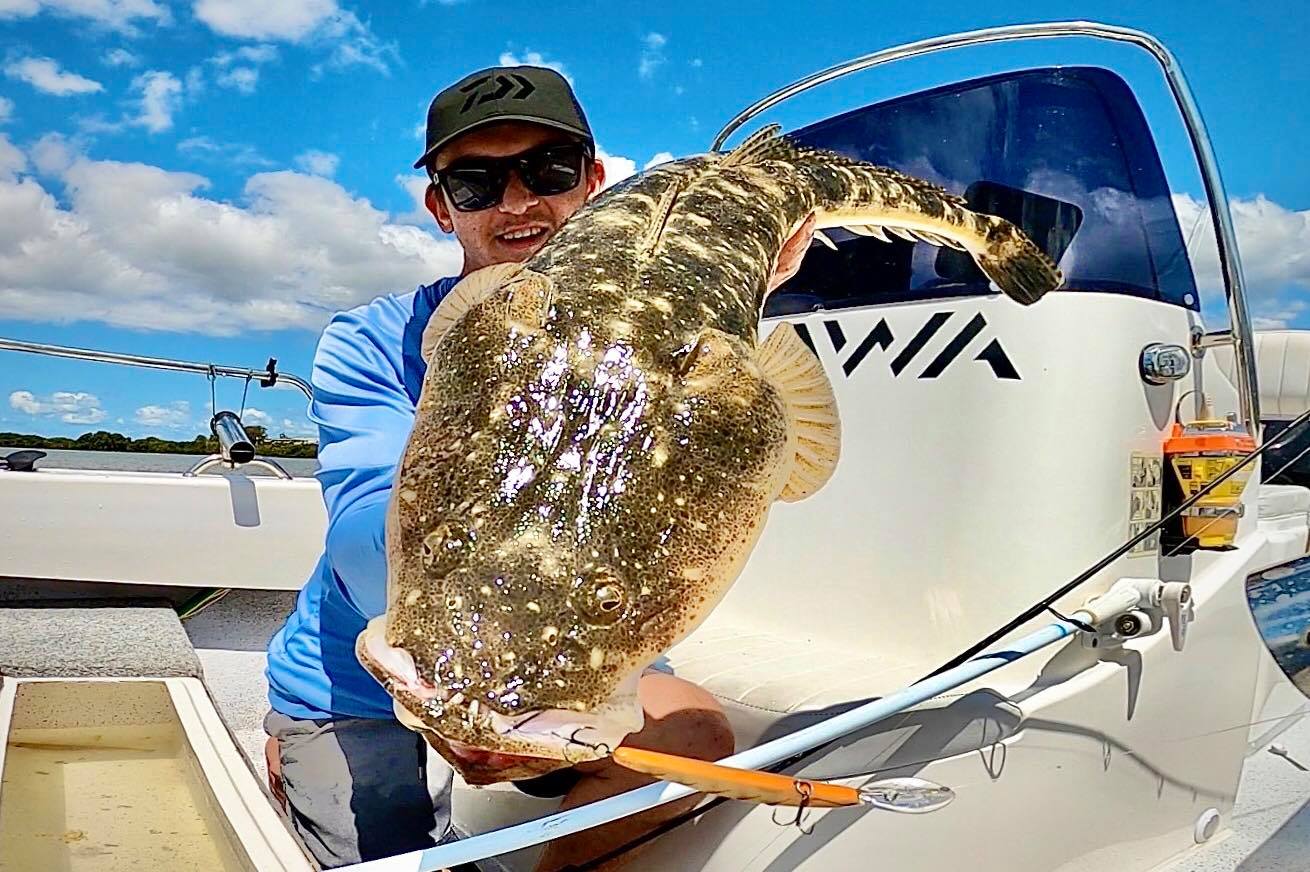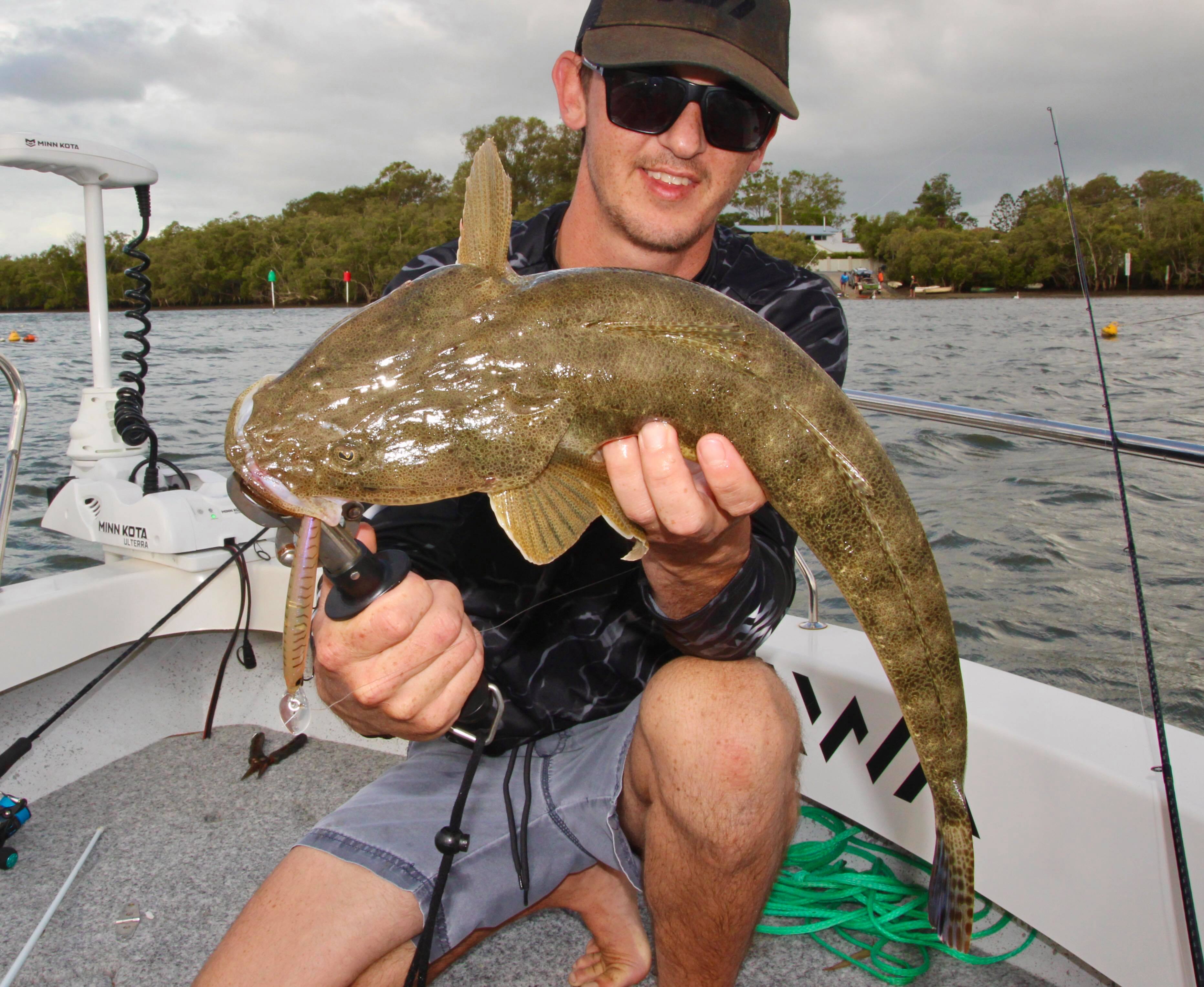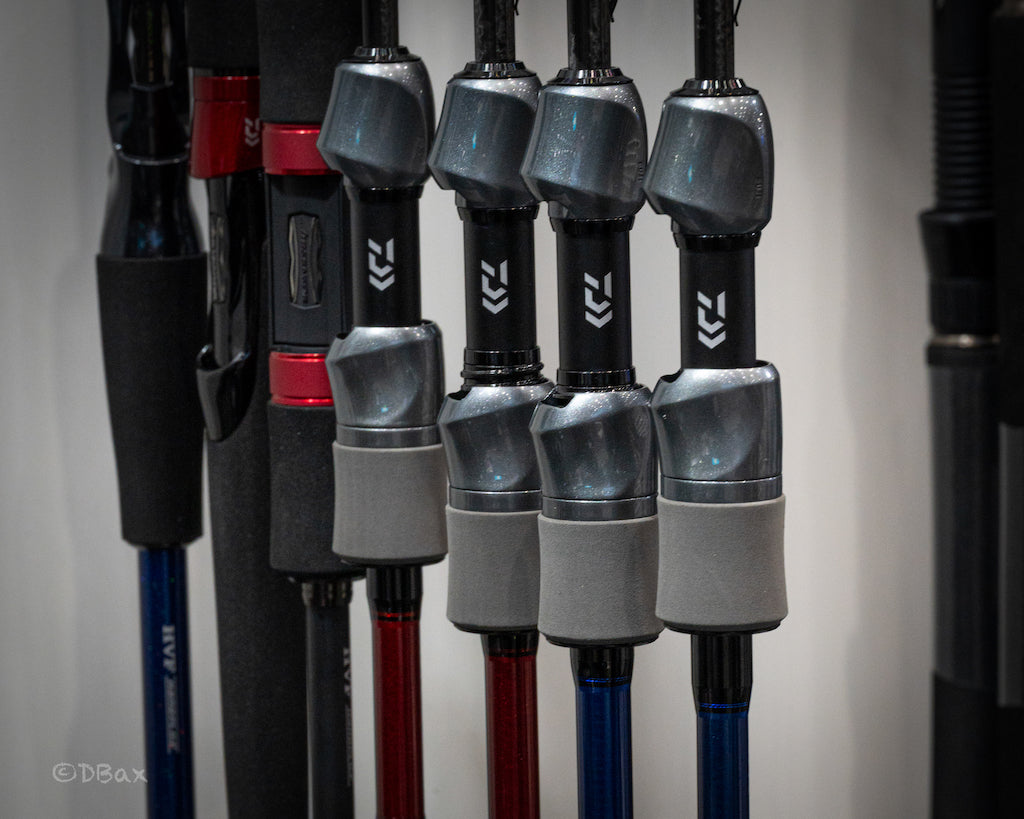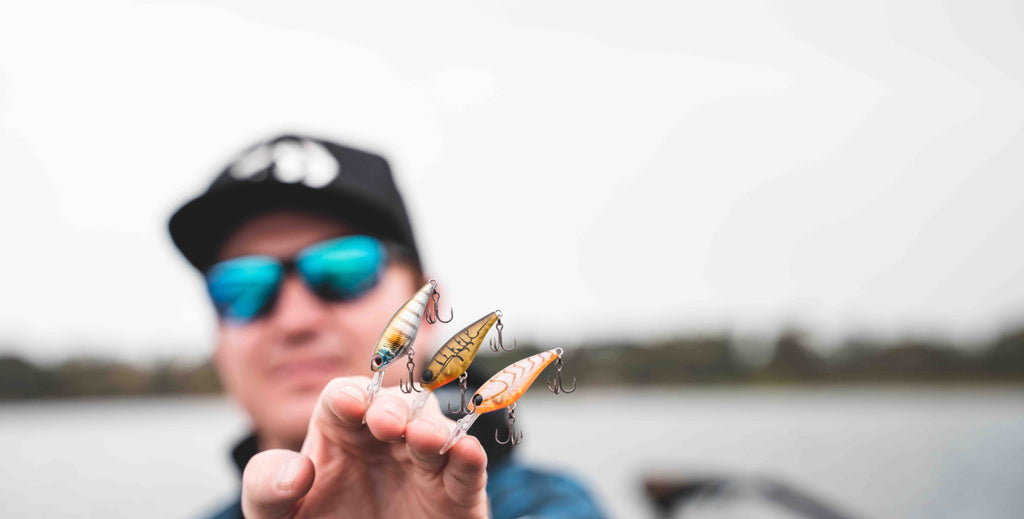How to Catch Flathead on Lures (Beginners Guide)
By Michael Sutherland
Flathead are a great species for beginners to target on lures as they can be caught all around Australia with lots of easily accessible land based spots in rivers, estuaries and beaches all along the coast so you don’t need a boat to catch them.
They eat a wide variety of hardbody and soft plastic lures when presented correctly. Keeping your lure as close as possible to the bottom will produce best results, flathead are a master of camouflage and will lay hidden in the sandy or muddy bottom waiting for some unsuspecting prey to swim past. They’re renowned for being greedy feeders and will eat anything that they can fit in their mouth, including other flathead.

Techniques are pretty simple with both hard bodies and soft plastics, hard bodies can be simply slow rolled along the bottom with a few pauses and twitches thrown in to attract attention. The dive depth of your lure must be kept in mind to make sure it’s getting as close as possible to the bottom for the best results. Trolling along the edges of muddy drop offs and sand banks is quite a successful technique to target them in a boat.
Soft plastics usually need a bit more action given to them, the most common retrieve is letting the plastic sink and doing 2 or 3 hops off the bottom, winding up your slack line and repeating which imitates a injured fish or prawn. jig head weight will need to be suited to the current and depth you’re fishing to make sure you’re keeping contact with the bottom.

There are a few different species of flathead, the two most common include the sand flathead which the name suggest likes to hide in the sandy bottom along beaches ect and have a lighter complexion to camouflage well with the sand. Then there’s the dusky flathead, which is the largest of them all can grow up to 1.2meters with the trophy size being the magic meter mark. These big breeding females are renowned for eating large swimbaits and lures that would usually be used for fish like Murray cod and barramundi. Being a darker colour the dusky’s like more of a muddy bottom around weed beds in rivers, bays and estuaries.
Other species of flathead can be caught out offshore in deep water but the dusky and sand flathead much prefer the shallower water. They will move right up onto the mud or sand flats into the shallows with the incoming tide to feed, The bait there is forced to come close enough to the bottom where the flathead are able to engulf its unsuspecting prey. They will then move back out onto the drop offs and will wait for the baitfish to be pushed off the bank with the run out tide.

The tackle used doesn’t have to be fancy at all, the main thing you need to keep in mind is leader size. Flathead have lots of small raspy teeth that can rub through a light leader quite easily, 15-20lb leader is usually a safe size to use to avoid getting chaffed off, that can then be tied to the lightest braid or mono you want to use to make casting easier. Flathead aren’t dirty fighters, they’re not going to run you into any nearby structure to bust you off on purpose, all you have to do is make sure your drag is smooth, set correctly and just enjoy the fight. Let them run as much as they want until they’re tired enough to pull gently onto the bank or into the net.
To wrap it all up flathead are a great species for beginners to target on lures, with a chance of catching a monster over a meter long makes it pretty exciting for anyone.


 Contact Us
Contact Us Blog
Blog About
About





